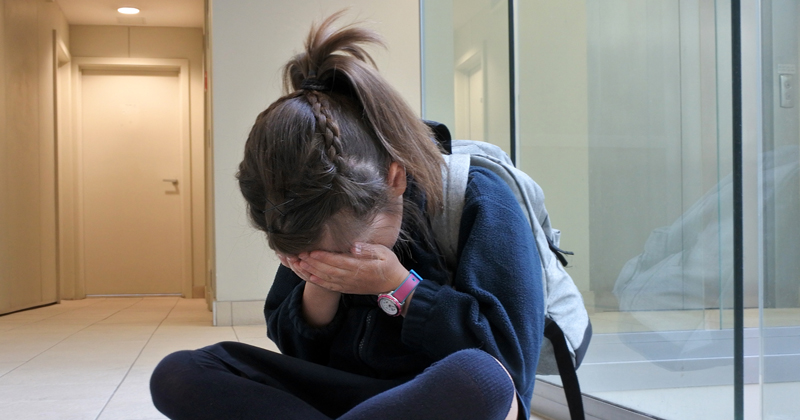New research from the Parliamentary Office of Science and Technology (POST) shines an uncomfortable light on the violence faced by young women and girls in school settings.
To produce this briefing, which was co-funded by the Nuffield Foundation, POST’s in-house researchers undertook a review of the latest data and analysis on violence against women and girls (VAWG) in schools and among children and young people.
POST’s unique approach sees them consult extensively with experts and stakeholders from across government, industry, academia and beyond to produce their impartial and peer-reviewed briefings.
Violence against women and girls (VAWG) includes offences like rape, stalking, domestic abuse and technology-facilitated abuse.
The latter is rapidly increasing, with girls aged 10 to 15 most likely to be affected. POST’s research shows that this violence is also present in schools, where misogyny and harmful sexual behaviours can be visible, normalised and frequent.
Many girls face a toxic mix of verbal and physical abuse. One-quarter of them in mixed-sex schools experience unwanted touching, and an estimated 9 in 10 receive unsolicited images or experience sexist name calling.
This violence at school doesn’t exist in a vacuum. The online spaces children access are a wild west of unsupervised, often unregulated content. Until recent reforms from the Online Safety Act, children could unintentionally stumble across pornography, violence and the casual misogyny of “manosphere” influencers.
Many children aren’t seeking out this content themselves. A 2024 study found that within five days of downloading TikTok, the ‘for you’ page increases the amount of misogynistic content it shows fourfold.
Misogyny can be visible, normalised and frequent in schools
Similar research from the charity Girlguiding found that 60 per cent of manosphere content appears on young boys’ phones through perversely incentivised social media algorithms, rather than through active searches.
Viewing this content isn’t without consequence, especially for boys and young men. POST’s research highlights a report from the Women and Equalities Committee that found misogynistic attitudes from boys directly enable sexual harassment and other types of VAWG.
One piece of evidence in POST’s research particularly alarmed me: children and young people who watch misogynistic content are almost five times more likely to think hurting someone physically is okay if you say sorry afterwards. It shows how pervasive these narratives around control, entitlement and violence are.
When boys absorb this harmful messaging, these patterns of behaviour inevitably play out in playgrounds and classrooms.
Girls are left humiliated and scared, as VAWG affects their mental health and lowers their self-confidence. Critically, it makes girls less likely to attend school and more likely to avoid male-dominated subjects and hobbies.
Earlier this year, I spoke about how young women were avoiding STEM subjects at school because they perceived them as ‘brainy’, so they must be ‘for boys’. As a scientist myself, it’s particularly worrying to think of a generation of girls reluctant to seek out rewarding careers because of classroom humiliation and abuse.
So how can this combination of online and in-school misogyny be tackled? The new Relationships, Sex and Health Education guidance is a good start, but it’s important that its focus on VAWG not be confined to one-off lessons.
Instead, the evidence points to long-term, whole-school approaches that integrate topics like consent, online safety, gender norms, respect, healthy relationships and boundaries.
For example, charity Beyond Equality worked with schools in Derbyshire to address gender-based violence. Eighty per cent of pupils involved in their workshops agreed they had learned more through the workshops, and teachers said it helped build relationships with students, improving long-term attitudes and behaviours.
Studies show that long-term approaches like this have the most positive and long-lasting effects on school communities, in part because they create the space for complex and nuanced discussions around gendered violence.
Not everyone feels comfortable or able to have these discussions without support. For this reason, toolkits for teachers, parents and carers are vital, like those developed by the National Education Union.
We have a responsibility to make schools safe for everyone. This means we must help our boys develop the tools they need to have fulfilling, respectful relationships with their peers.
And to do that, we must empower schools to provide relevant, targeted and evidenced approaches to tackle misogyny and VAWG.
Read the full research briefing here












Your thoughts